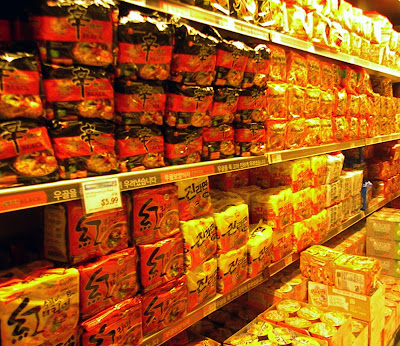Posted by Deirdre Oakley, THE HILL DISTRICT, PITTSBURGH, PA -- Residents simply call it "The Hill". But this one-and-a-half square mile quilt work of neighborhoods is more than just that -- it's both famous (once called the crossroads to the world), infamous (for its poverty and blight), and a classic example of how the federal bulldozers of the 1960s ruined once vibrant urban African American enclaves. At that time 8000 residents and 400 businesses in the District were displaced by the building of a new civic arena. Yet this place has such an important history. It was home to the Pittsburgh Courier -- the Black newspaper once boasting the largest circulation of any such publication in the country. The Hill was also the home to famed jazz drummer Art Blakey, Saxophone great Stanley Turrentine, as well as Pulitzer Prize and Tony Award winning playwright August Wilson, whose writings centered around the District.
August Wilson passed away in 2005 at the relatively young age of 60. To commemorate his life and work the City erected an official sign outside his Hill birthplace. Unfortunately, since the actual building is privately-owned various city and non-profit agencies have been unable to fix it up. Thus, his home remains dilapidated just like so many other properties on The Hill. Yet there are murals on the front of the building giving a nod to August Wilson, representing his continued presence and indelible print on The Hill. Still, the condition of the building is not a pretty sight and in my mind symbolizes The Hill's victimization -- one of a long and tortured story of malign urban disinvestment despite its importance. The entire Hill is without a supermarket and has been for over 30 years. Fortunately just under a year ago, ground was finally broken on The Hill's first large supermarket. Now if only his house could be fixed up the way August Wilson and his family deserve.
Editor's Note: Ironically, according to the Poverty&Race Research Action Council (PRRAC), the supermarket is the hard-earned product of neighborhood outrage over $295 million in state and local
subsidies for a new Pittsburgh Penguins hockey arena in the Lower Hill.
Residents formed a community coalition to demand concrete benefits for The Hill, and one of the results was $2 million for a new
multiservice grocery store. August Wilson's sister has been a very active member of the coalition.














































